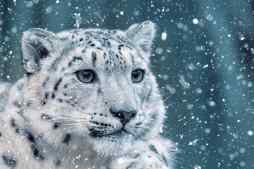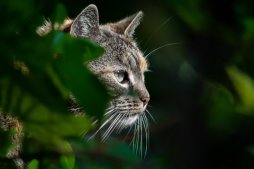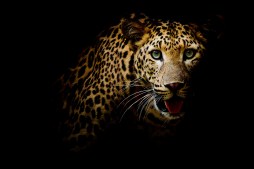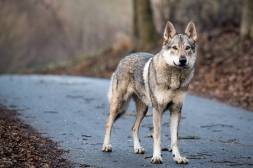Exploring the Evolutionary Traits of Ice Age Animals in Cold Environments

The Ice Age, a period marked by frigid temperatures and vast glaciers, posed significant survival challenges for the animals living during that time. Despite the harsh conditions, many species thrived by developing unique adaptations that allowed them to endure the cold climates. In this article, we delve into how Ice Age animals adapted to their environments through fascinating evolutionary traits.
Thick Fur and Insulating Coats
One of the most noticeable adaptations among Ice Age animals was their thick fur and insulating coats. Mammoths, for example, had dense layers of shaggy hair combined with a woolly undercoat to trap heat close to their bodies. Similarly, saber-toothed cats and giant ground sloths developed fur that provided essential warmth against freezing temperatures.
Fat Reserves and Blubber
Beyond just fur, many Ice Age creatures accumulated substantial fat reserves beneath their skin. This layer acted as insulation against cold air and water, much like modern marine mammals’ blubber. Woolly mammoths stored fat not only for energy but also as a thermal barrier. This adaptation was crucial in maintaining body heat during long winters or when food was scarce.
Compact Body Shapes to Minimize Heat Loss
Another evolutionary trait observed was the development of compact body shapes with shorter limbs and tails. According to Bergmann’s rule, animals in colder climates tend to have larger bodies with smaller extremities to reduce surface area exposed to cold air which minimizes heat loss. For instance, Ice Age bison had stocky builds compared to their modern relatives.
Specialized Behavioral Adaptations
In addition to physical traits, behavioral adaptations played a key role in survival. Many animals migrated seasonally or formed herds for collective warmth and protection from predators. Some species burrowed into snow or earth shelters during extreme cold spells while others altered feeding habits based on available resources throughout different seasons.
Physiological Adaptations: Metabolic Adjustments
Ice Age animals also exhibited physiological changes such as higher metabolic rates that generated more internal heat. Some species could slow down metabolism during scarce food periods (a form of hibernation), conserving energy while maintaining vital functions. These metabolic strategies were vital responses enabling endurance through prolonged cold seasons.
Understanding how Ice Age animals adapted offers valuable insight into evolution’s power under environmental pressures. By studying these ancient survivors’ traits — from thick fur coats and fat reserves to compact bodies and clever behaviors — we appreciate nature’s resilience in facing climate extremes.
This text was generated using a large language model, and select text has been reviewed and moderated for purposes such as readability.











